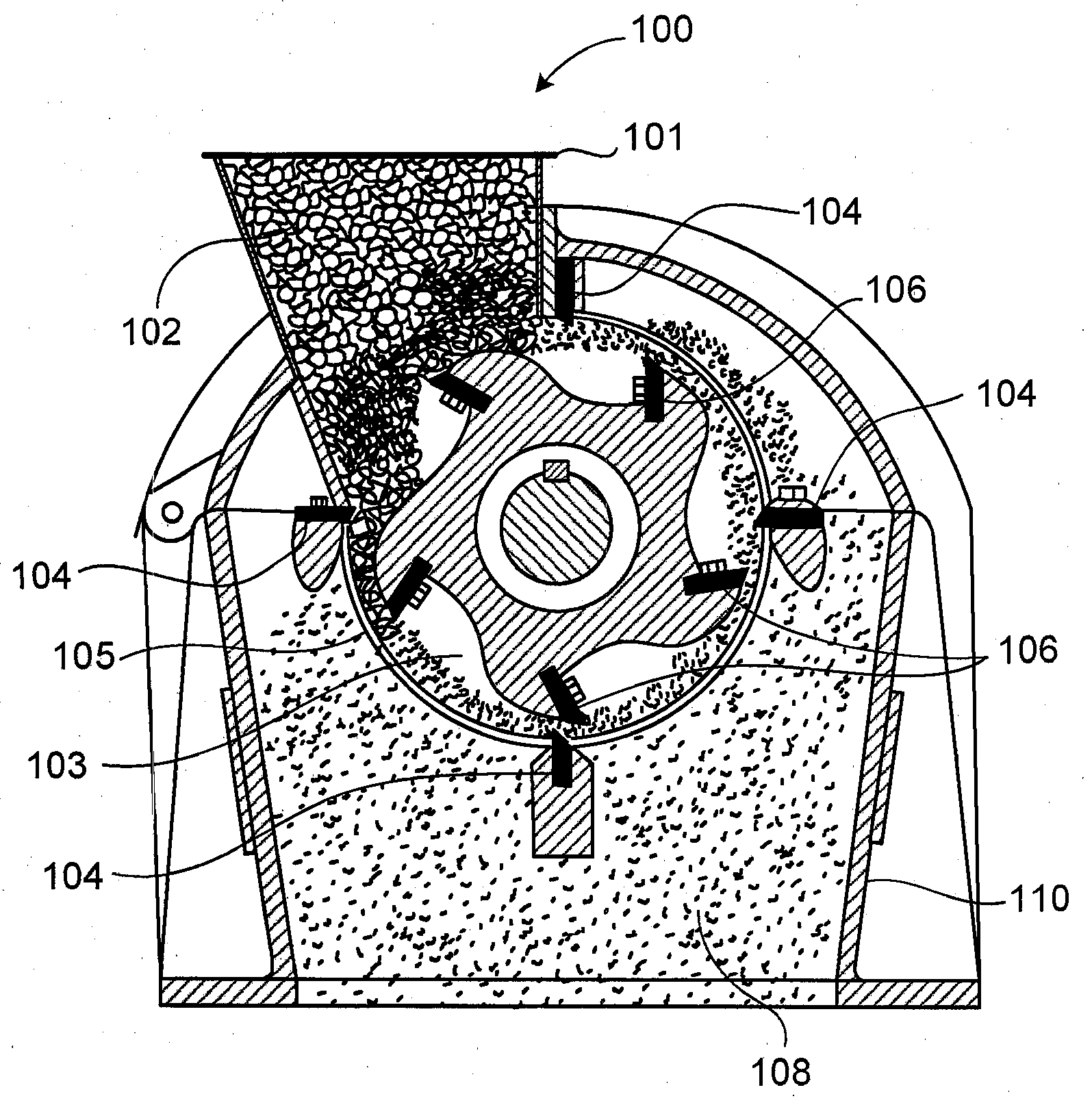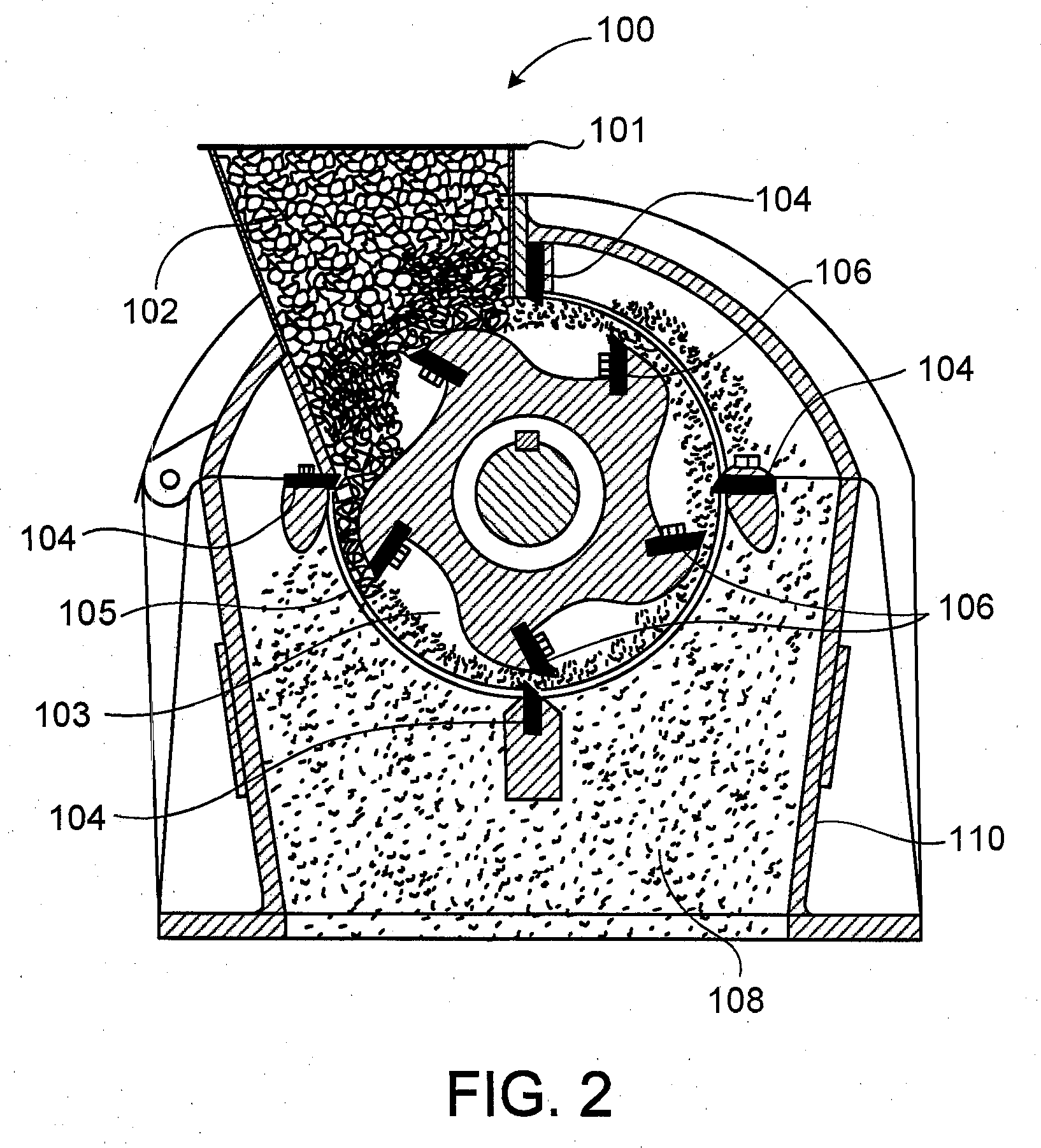Systems and methods for producing biofuels and related materials
a biofuel and system technology, applied in the field of systems and methods for producing biofuels, to achieve the effects of increasing ethanol yield, high efficiency, and increasing the yield of a desired produ
- Summary
- Abstract
- Description
- Claims
- Application Information
AI Technical Summary
Benefits of technology
Problems solved by technology
Method used
Image
Examples
examples
[0089]The disclosure is further described in the following examples, which do not limit the scope of the invention described in the claims.
[0090]In one experiment, Clostridium phytoferrmentans was grown in culture tubes in GS-2 cellulose medium at an initial pH of 7.5 under an atmosphere of N2. The initial Clostridium phytofermentans concentration was about 0.8-1.1×107 cells / mL and the temperature of incubation was 30° C.
[0091]FIG. 6 shows the concentration of ethanol (E), acetate (A), formate (F), and lactate (L) upon completion of cellulose decomposition as a function of initial cellulose concentration (in glucose equivalents). At an initial cellulose concentration of 37 mM, the concentrations of lactate (L), acetate (A), and ethanol (E), were 4 mM, 20 mM, and 59 mM, respectively. Formate (F) was not detectable at this initial concentration. At an initial cellulose concentration of 74 mM, the concentrations of lactate (L), formate (F), acetate (A), and ethanol (E), were 7 mM, 10 m...
PUM
| Property | Measurement | Unit |
|---|---|---|
| mass | aaaaa | aaaaa |
| weight | aaaaa | aaaaa |
| diameter | aaaaa | aaaaa |
Abstract
Description
Claims
Application Information
 Login to View More
Login to View More - R&D
- Intellectual Property
- Life Sciences
- Materials
- Tech Scout
- Unparalleled Data Quality
- Higher Quality Content
- 60% Fewer Hallucinations
Browse by: Latest US Patents, China's latest patents, Technical Efficacy Thesaurus, Application Domain, Technology Topic, Popular Technical Reports.
© 2025 PatSnap. All rights reserved.Legal|Privacy policy|Modern Slavery Act Transparency Statement|Sitemap|About US| Contact US: help@patsnap.com



